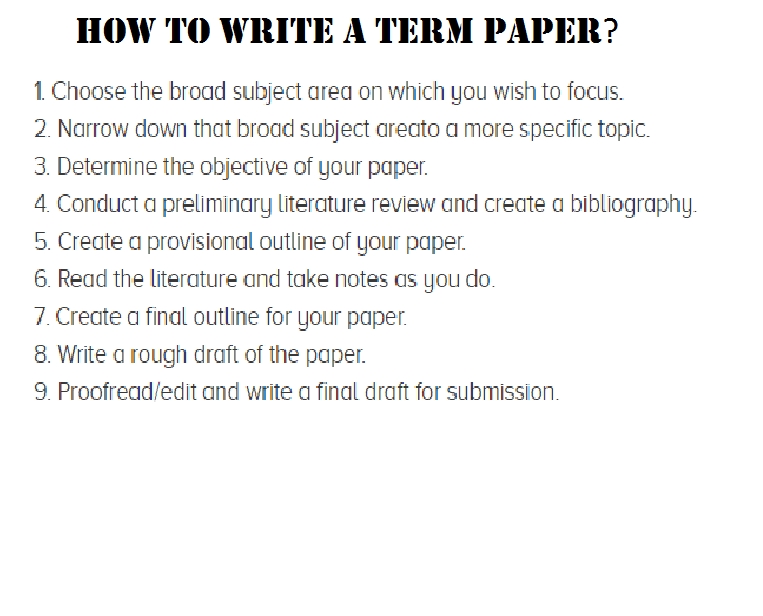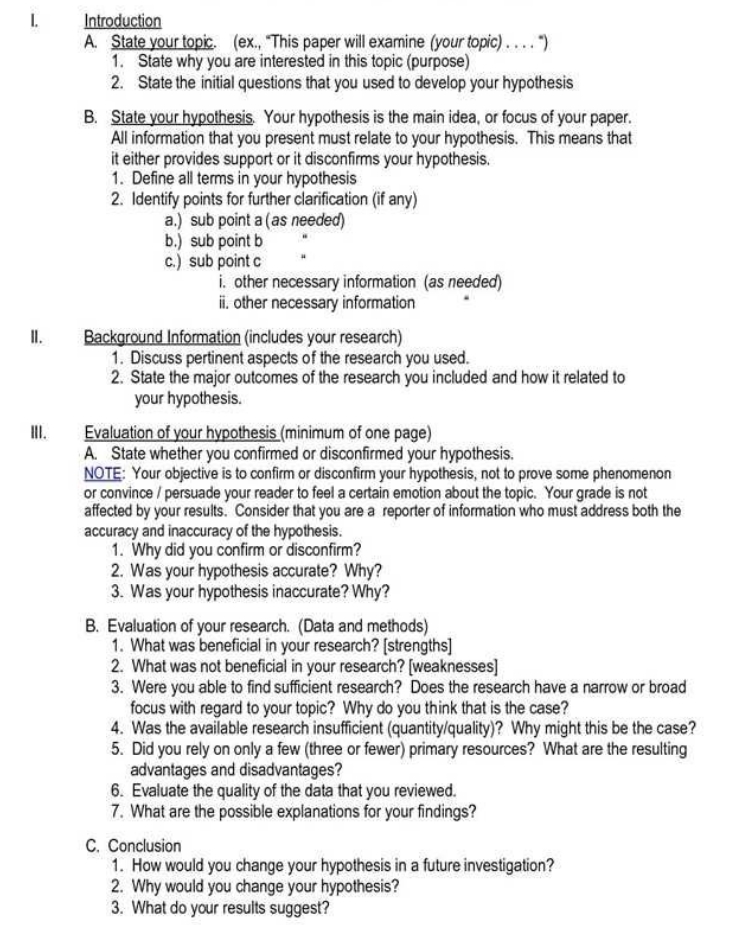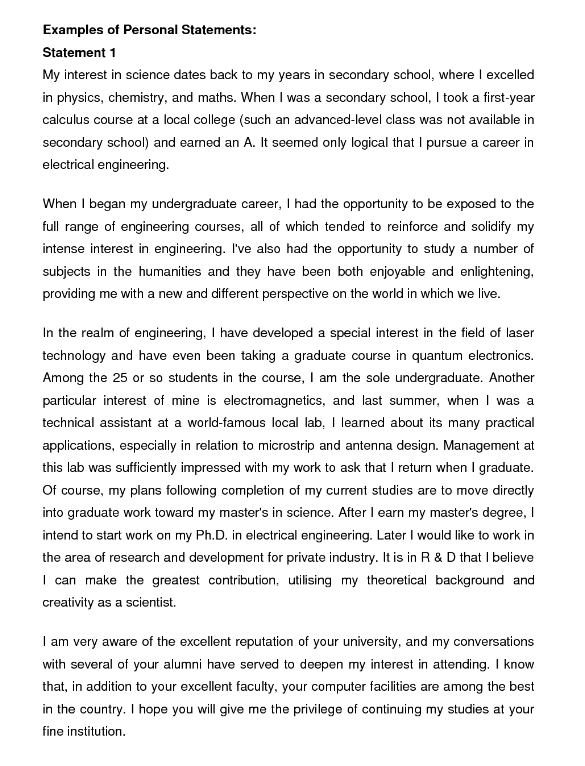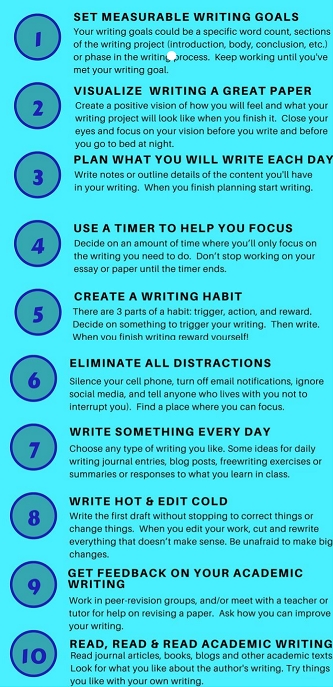How to Write a Term Paper, Which Will Impress Everyone?
Knowing how to do a job is half of doing a job well. So here’s our step-by-step guide to the creation of nice formal term papers that will meet all criteria. The better you do it, the better your grades. So take full advantage of our tutorial and learn all the secrets of dealing with this important assignment.
A term paper is a paper written at the end of the term (semester) and incorporating all learned concepts and skills.
What is a Term Paper?
It may take the form of an essay, a report, a case study, but it will summarize your academic advancement during the whole semester. Thus it should demonstrate your ability to apply theory to practice, analyze, find patterns and search for evidence. It is more than a research paper because here you not only provide found information, you process it in accordance with learned frameworks and principles.
Thus you may be asked to pick a document and analyze it according to theories you learned. Namely, say, for Healthcare and Nursing, it may be analyzing the code of school nurses of some school district in the framework of legal rights of children with special needs. This task assumes that you know the basics of the legal framework and then can apply it in the analysis of the case.
The term paper can become a good training task if you approach it carefully. So follow the instructions and use our tutorial as a guiding light.
How To Outline a Term Paper?
Term paper outline is a framework into which you put your specific details, evidence and arguments. It is really convenient to write using an outline, so do not leave out this step. An outline will reflect the type of an essay assigned as a term paper, but the basics are all the same:
– Introduction (hook, background and thesis)
– Main body (paragraphs that contain topic sentences and evidence each)
– Conclusion
– References/Works cited
While creating an outline pay particular attention to the body of the paper. List all main ideas you want to discuss. They will become topic sentences. Then add bullet point evidence and ideas to each topic sentence. Voila. Here you go. Just remember to include alternative views into your paper (if applicable), or frame the paper as ‘methods, findings’ discussion’ sequence if it is a very technical paper that takes lots of details.
Term Paper Format
The format of the paper actually defines what other details will go into it along with intro, body and conclusion. APA requires an abstract, a title page, and a specific citation style. MLA skips title page and abstract altogether and applies its own formatting style. MLA is easier, so use it when possible.
APA Style
APA goes well for social sciences and sometimes natural sciences. As mentioned, you need to include a cover page, an abstract, running head at the top of the page and References. While providing in-text citations, you are required to give page number only if you provide ‘word for word’ citation. Otherwise, you cite in ‘author-year’ way.
MLA Style
MLA is preferred for humanities like English, Literature, History, Communications, etc. it does not require a cover page or abstract, you just begin writing directly on the first page. Header includes a page number and your last name. While providing in-text citations write ‘author-page’. Sources are listed on the Works Cited page (mind the difference with APA).
This is basically it. The world-recognized experts on formatting styles are Purdue Owl of Purdue University. You can find full detailed guides on citing every possible source and formatting papers on their web page. So consult them when in doubt.
How to write a Term Paper? Step by step solution
You approach writing a term paper in the same manner as you approach any other: begin from research and proceed to assessment, analysis and summarizing. Now let us look closer at each step:
1. Conduct research of empirical materials you need for the paper or case. It is assumed that you have enough theoretical preparation and need to learn the evidence to start working.
2. Note the main points from evidence – facts, excerpts, arguments.
3. What are the key takeaways from the evidence?
4. Compare your findings to your theoretical framework. Do they coincide, contradict each other? What does that mean? Is it a problem of empirical data or theoretical framework? If theory says one thing, and evidence shows something else, then either theory is improperly used in practice or theory is wrong in itself.
5. Summarize your findings and end up with an effective conclusion.
If you write not a case study but a paper proper, it is even easier. You do not need to evaluate real-life evidence. Instead, you can rely on research conducted by others to supply data you need to use. So search for articles on the topic of your term paper, read them, find necessary information and compare it with your theory.
Then you need to observe several rules, no matter what kind of paper you write.
– Always provide your original reflections and analysis. Show your thinking (supported by evidence). Do not submit a summary of facts without any intellectual work put in.
– Be objective and scholarly-minded, do not give opinions instead of facts.
– Write logically. Give evidence, then its meaning, and how it fits into your theory. Repeat. Work with one idea, and only then move to another. Use connectors like ‘this is why, furthermore, moreover, etc.’ refer explicitly to ideas mentioned before to keep the paper coherent. Guide your readers.
– Be brief, if possible. Flood the paper with ideas and facts, not with run-on sentences.
– Consult your outline. It is really helpful.
Begin writing with a draft. You will revise it two or three times, until you feel it runs smoothly. Only then you can move to creating reference list, abstract, title page, etc.
STEP1: Select a topic
If you were assigned a topic for term paper writing, then your tasks are facilitated. Move on directly to conducting research.
If no, go carefully about this task, because the topic choice can make it or break it for your paper. Consider if you have enough theoretical preparation to handle the topic you plan to take. Is it relevant? Is it important? Does it fit into what you have learned? If yes, move to the next step – research – to see if you have enough evidence. If no – tweak the topic or select a new one that will be within your reach.
STEP2: Research your topic in depth
Always be careful to use only relevant scholarly and current sources. Current mean no older than 5 years counting from the given moment. To be successful in your search, come up with a list of keywords you need to investigate. First, go to your library where your librarian can help you or guide your search in free university online database. See what you can find.
Get aside books or journals that you have found. Do some Google search to see if anything interesting comes up. Evaluate the sources.
Skim through everything you selected. Do not waste time on sources that only contain a keyword once and speak about issues irrelevant to your research. Better focus on sources that provide plenty of info that you need. Use fewer sources but process them properly. It will be visible in your paper.
While working with the sources copy and paste all important excerpts, citations and numbers to have them at hand. Do not forget to copy page numbers as well.
STEP3: Structure
With information at hand and the outline in front of you, you can set to drafting/writing. Follow the typical structure of a good paper and you will not be mistaken. So what do we begin with?
– Cover/title page
It is a marker of the paper that informs a professor whose paper it is and what is its topic. Take care to make it neat and formal. Include a title, your name, college name and date of submission.
– Abstract (in APA format)
It is an essence of your paper. Topic, key findings, and maybe recommendations. It is about 100-150 words long and it says to the readers why this paper matters to them.
– Introduction
As mentioned, it is a container for a thesis, the focal center of your paper. It also contains some background, and interesting beginning (hook), but the key point is a thesis. It usually closes the introduction.
– Main text
It is the bulk of what you have to say. Your theoretical background, your evidence, statements why this matters and how understudied it is. You begin with theoretical foundation, and then move on to empirical data. Reference generously your sources. Show that your assumptions are rooted in a solid scholarly basement. They will be placed in the next section – Results.
– Results
They are your findings. Usually, the whole bulk of methods, comparisons, and implications is too large to fit into a small paper, so you move right to what you have found. It may be a disparity in what is said in books and how something actually happens.
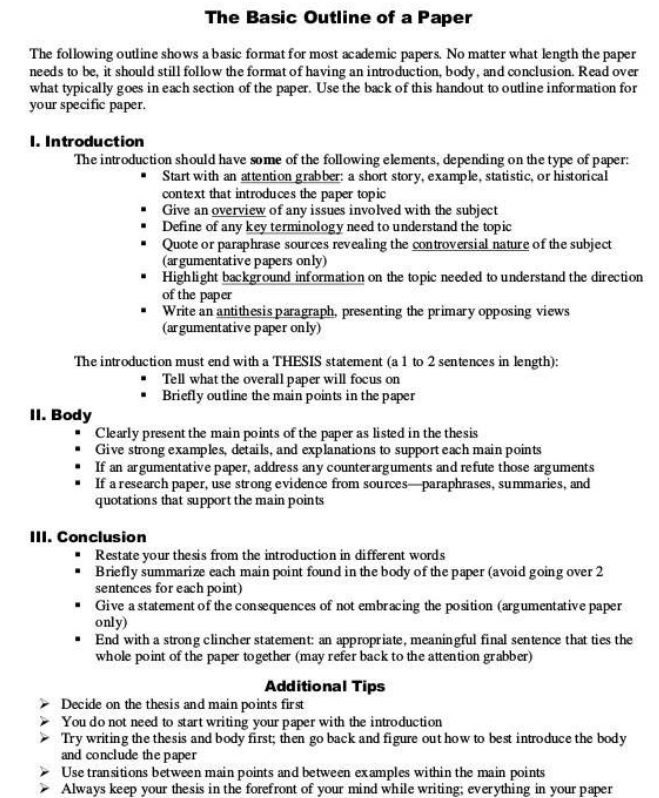
– Discussion
Here you discuss findings and how the discovered disparities or flaws can be fixed with relation to theoretical recommendations. This is the most valuable part since it is here that you show how you can apply theory to life.
– Conclusion
Summarize what you have found and what can be done about it. Very briefly, in a nutshell. No new information is introduced at this stage.
– References
Include all sources that you used. List them according to the assigned format. Otherwise, you may be accused of plagiarism.
STEP4: Write a Term Paper
What you have created is a detailed draft. Now you need to reread it and fix clumsy sentences or change the wording to make the paper look more formal. Type it on PC, and you will spare yourself lots of trouble.
STEP5: Edit & Proofread
No matter how carefully you wrote there always be typos and errors in the text. Besides, you need to let it sit a while and then reread with a fresh eye. Shift sentences and parts, add or remove evidence and see if the paper goes smoothly. Run it through a spell checker and grammar checking tool. Ask someone else to read it.
Get inspired by our term paper examples:
Nothing is better in learning than good examples. Get them for free right here and see in person how to write a term paper properly. Read, mark their parts, see how they develop ideas, what vocabulary they use and do the same. After several times of practicing you will be confident and skilled in creating well-crafted papers yourself.
Samples
We can Write a Term Paper for you!
We hope we have answered all of your questions. If no, feel free to ask us in comments. Or even better – come ask us to write a term paper according to your instruction and get the best sample you can think of. Turn it in safely or use as a source of inspiration – high marks and professor’s approval are guaranteed. Moderate prices, experienced writers and passion for what we do – this is why we can deliver the best writing services that will solve your problems!
